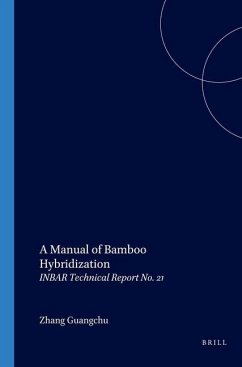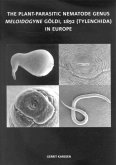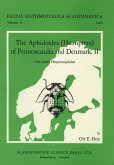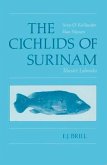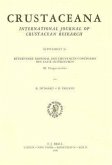All major crop plants have been subjected to genetic improvement, either by selection and propagation or by breeding. Bamboos have received scant attention from plant breeders despite their importance as crop plants due to their unpredictable and uncontrollable flowering habits and to a limited understanding of genetic variation amongst the existing species. The potential for new, improved bamboo hybrids is enormous. The demand for bamboo is increasing worldwide and the diversity of uses to which it is put is growing steadily. Increases in demand can be met by increasing the areas of bamboo plantations, but improvements in the quality of raw bamboo can only be met by selection and breeding. Professor Zhang Guangchu of Guangdong Forestry Research Institute has worked on bamboo hybridization for almost thirty years and has amassed a wide range of skills and experience. She has produced hybrid bamboos that are now being grown commercially in South China. INBAR recently invited her to distil her experiences and make them available to a wider audience and this manual is the result. The manual refers primarily to the bamboos of southern China where the author is based, but the principles and techniques are applicable worldwide. This manual is one of the products of INBARs Ecological Security programme, which aims to improve the genetic diversity, conservation and management of bamboo and rattan resources, and to promote their use in environmental protection and rehabilitation. It aims to be the catalyst for scientists, technicians, foresters, farmers and individuals to undertake bamboo hybridization in their own regions, to stimulate relevant research and to promote the wider acceptance and use of hybrid bamboos.

